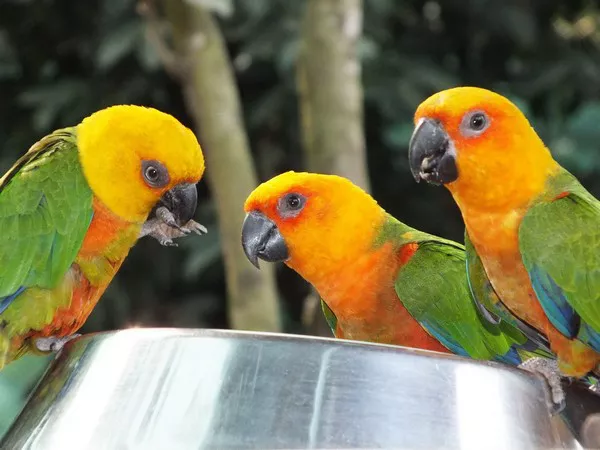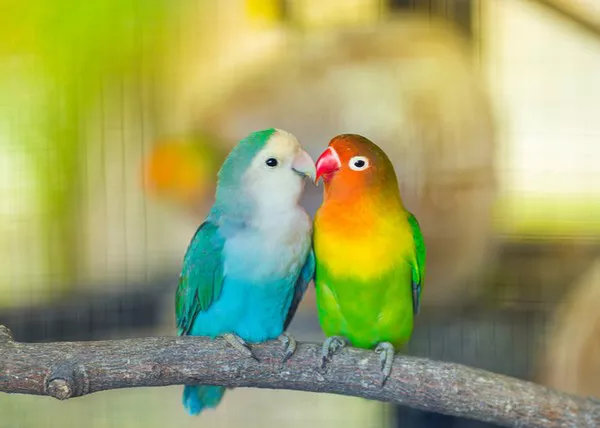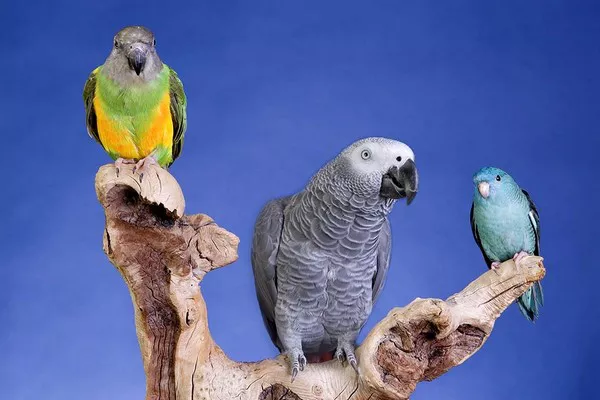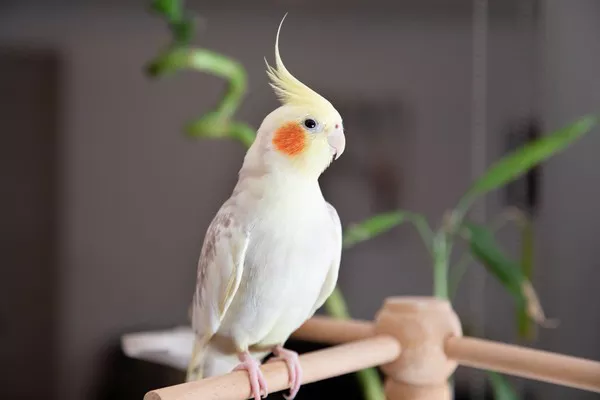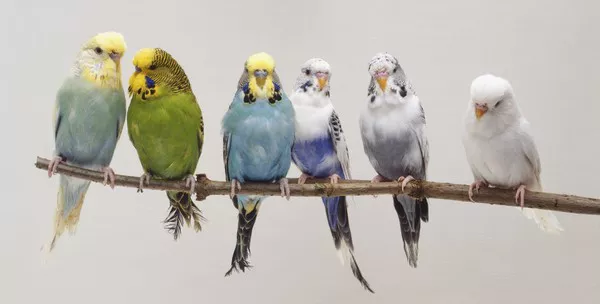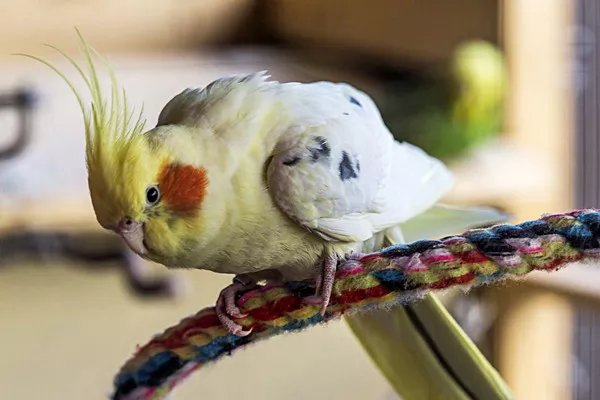African Grey Parrots, known for their remarkable intelligence and captivating personalities, have long been sought-after as pets and admired for their beauty. However, their popularity has had a devastating impact on their wild populations. These highly social and intelligent birds are native to the rainforests of West and Central Africa, but their numbers have been rapidly declining due to habitat loss, illegal trade, and other factors. In this article, we explore the current status of African Grey Parrots in the wild, the challenges they face, and the conservation efforts aimed at protecting them.
Declining Population:
The African Grey Parrot consists of two species: the Congo African Grey (Psittacus erithacus erithacus) and the Timneh African Grey (Psittacus erithacus timneh). Both species have experienced significant declines in their wild populations. While it is challenging to provide an exact number of African Grey Parrots remaining in the wild due to the vastness of their habitat, estimates suggest that their numbers have decreased dramatically over the past few decades.
Habitat Loss and Fragmentation:
One of the leading causes of the decline in African Grey Parrot populations is habitat loss and fragmentation. The rainforests of West and Central Africa, which serve as their natural habitats, are being destroyed at an alarming rate due to logging, agriculture, and urbanization. These activities disrupt their nesting sites and food sources, leaving them vulnerable to predation and limiting their breeding success.
Illegal Trade:
The illegal trade of African Grey Parrots is a significant threat to their survival. These birds are highly sought-after due to their exceptional talking abilities and striking plumage. Thousands of African Grey Parrots are captured and smuggled out of their native countries each year, leading to immense stress, high mortality rates, and a significant decline in wild populations. The unsustainable demand for these birds as pets has fueled a thriving black market, despite international trade regulations.
Overexploitation and Poaching:
In addition to the illegal pet trade, overexploitation and poaching for feathers, meat, and traditional medicine have further contributed to the decline of African Grey Parrots. The demand for their feathers in the fashion industry and cultural practices, as well as their use in traditional medicines, has put immense pressure on their populations. The unsustainable harvesting of these birds has pushed them closer to extinction.
Conservation Efforts:
Recognizing the urgent need for action, numerous organizations and governments have taken steps to protect African Grey Parrots and their habitats. Conservation initiatives focus on raising awareness, enforcing wildlife protection laws, and implementing sustainable management practices in the regions where these birds are found. These efforts include establishing protected areas, promoting community-based conservation, supporting local livelihoods, and rehabilitating confiscated or injured parrots for eventual release.
International conservation agreements such as the Convention on International Trade in Endangered Species of Wild Fauna and Flora (CITES) have imposed strict regulations on the trade of African Grey Parrots, aiming to curb illegal trafficking and promote responsible ownership. Furthermore, education and outreach programs are crucial in informing the public about the importance of conservation and the negative impacts of the illegal trade.
Future Outlook:
Despite the ongoing conservation efforts, the future of African Grey Parrots in the wild remains uncertain. Their declining population trends and the persistent threats they face highlight the need for continued vigilance and action. Long-term conservation strategies should focus on habitat preservation, sustainable land-use practices, strengthening legislation, and international collaboration to combat the illegal trade.
Conclusion:
The African Grey Parrot, a magnificent species renowned for its intelligence and beauty, is facing a grave threat to its survival. Habitat loss, illegal trade, overexploitation, and poaching have driven their populations to critically low levels. While efforts to protect and conserve these parrots have made a difference, much work remains to be done. It is crucial that individuals, governments, and organizations join forces to combat the factors contributing to their decline and ensure a brighter future for the African Grey Parrot in the wild. Only through collective action can we preserve the rich biodiversity of our planet and secure the survival of this extraordinary species.
Recommended reading:



